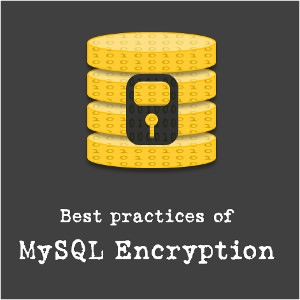Deep Learning: GANs and Variational Autoencoders

Skillwise
Course Summary
Variational autoencoders and GANs have been two of the most interesting recent developments in deep learning and machine learning. GAN stands for generative adversarial network, where two neural networks compete with each other. Unsupervised learning means you're not trying to map input data to targets, you're just trying to learn the structure of that input data. In this course, you'll learn the structure of data in order to produce more stuff that resembles the original data. Access 41 lectures & 5.5 hours of content 24/7 Incorporate ideas from Bayesian Machine Learning, Reinforcement Learning, & Game Theory Discuss variational autoencoder architecture Discover GAN basics
-
+
Course Description
Variational autoencoders and GANs have been two of the most interesting recent developments in deep learning and machine learning. GAN stands for generative adversarial network, where two neural networks compete with each other. Unsupervised learning means you're not trying to map input data to targets, you're just trying to learn the structure of that input data. In this course, you'll learn the structure of data in order to produce more stuff that resembles the original data.
- Access 41 lectures & 5.5 hours of content 24/7
- Incorporate ideas from Bayesian Machine Learning, Reinforcement Learning, & Game Theory
- Discuss variational autoencoder architecture
- Discover GAN basics
He has worked in online advertising and digital media as both a data scientist and big data engineer, and built various high-throughput web services around said data. He has created new big data pipelines using Hadoop/Pig/MapReduce, and created machine learning models to predict click-through rate, news feed recommender systems using linear regression, Bayesian Bandits, and collaborative filtering and validated the results using A/B testing.
He has taught undergraduate and graduate students in data science, statistics, machine learning, algorithms, calculus, computer graphics, and physics for students attending universities such as Columbia University, NYU, Humber College, and The New School.
Multiple businesses have benefitted from his web programming expertise. He does all the backend (server), frontend (HTML/JS/CSS), and operations/deployment work. Some of the technologies he has used are: Python, Ruby/Rails, PHP, Bootstrap, jQuery (Javascript), Backbone, and Angular. For storage/databases he has used MySQL, Postgres, Redis, MongoDB, and more. Details & Requirements- Length of time users can access this course: lifetime
- Access options: web streaming, mobile streaming
- Certification of completion not included
- Redemption deadline: redeem your code within 30 days of purchase
- Experience level required: all levels, but knowledge of calculus, probability, object-oriented programming, Python, Numpy, linear regression, gradient descent, and how to build a feedforward and convolutional neural network in Theano and TensorFlow is expected
- All code for this course is available for download here, in the directory unsupervised_class3
- Internet required
- Instant digital redemption





